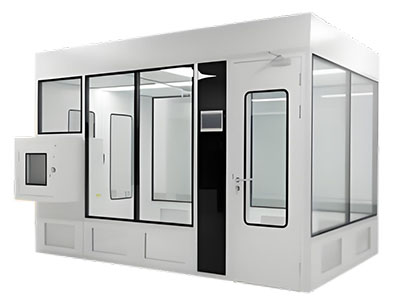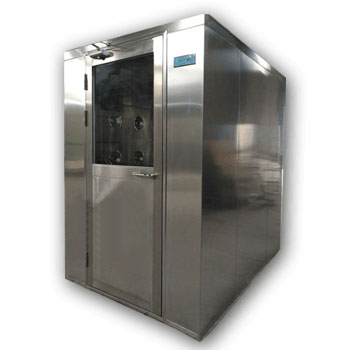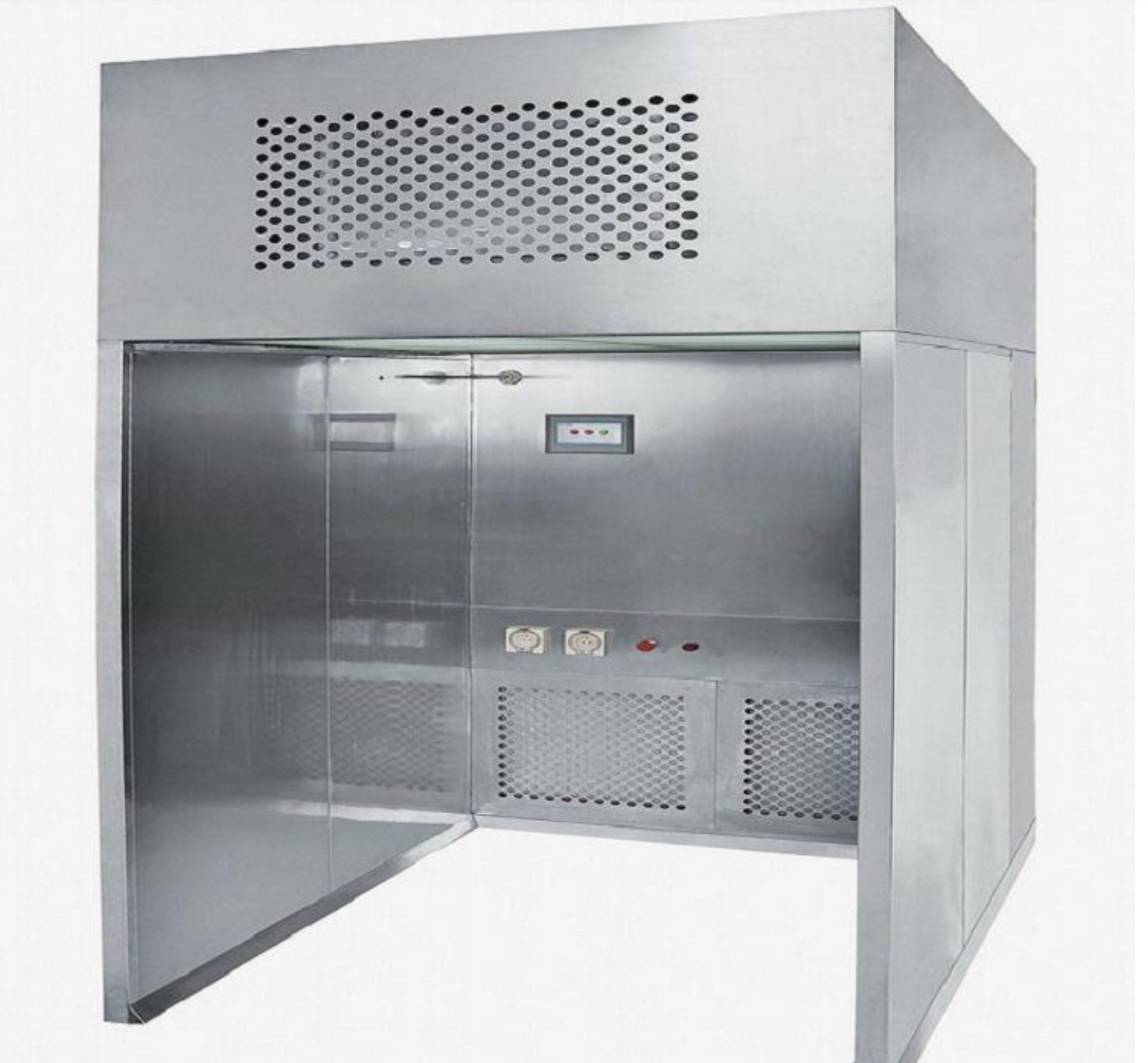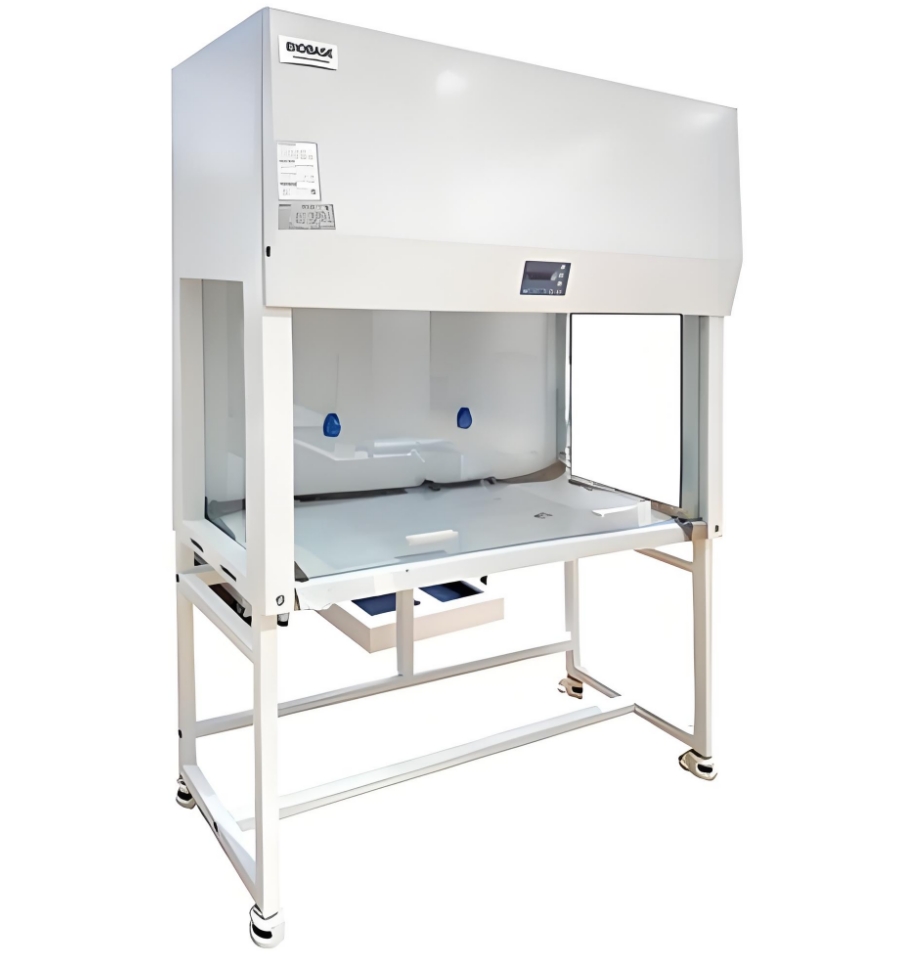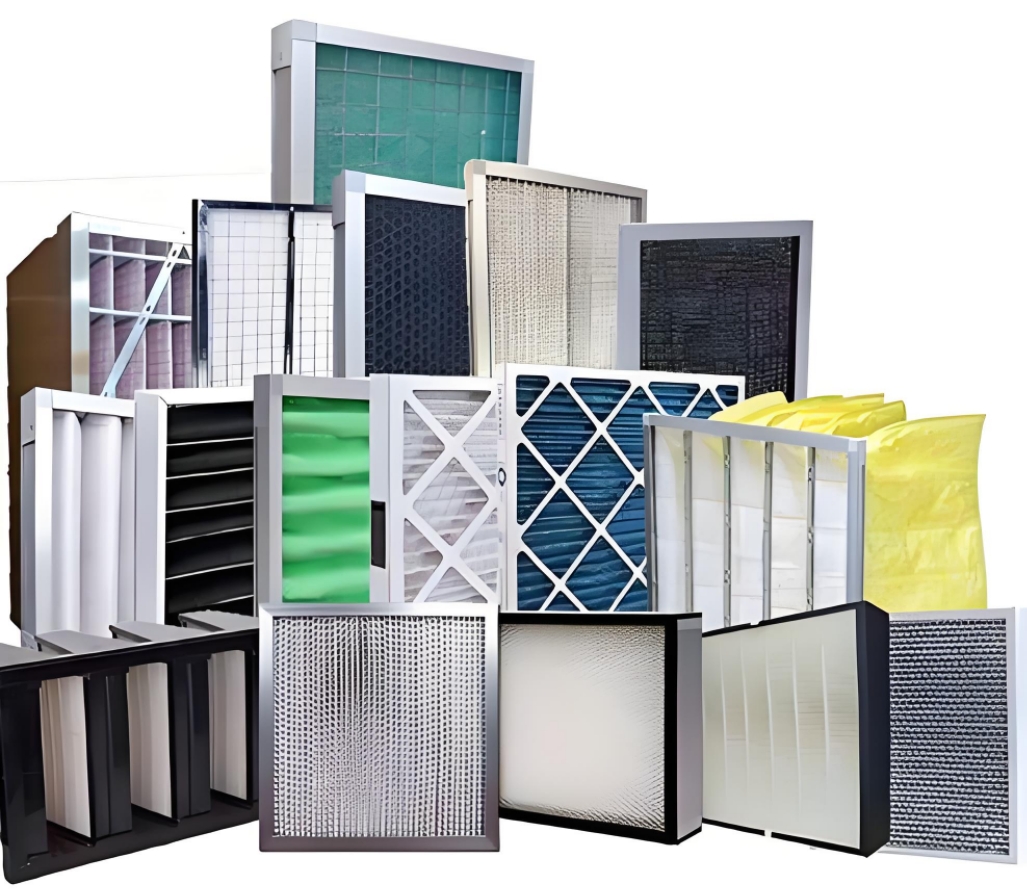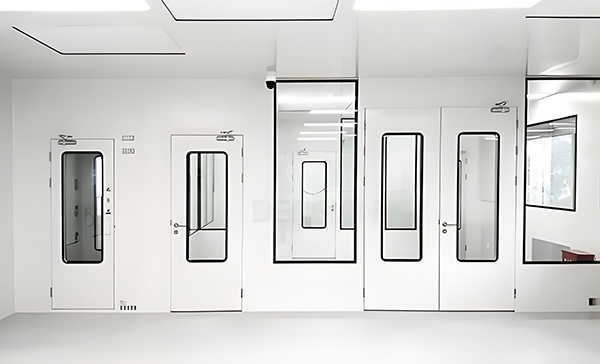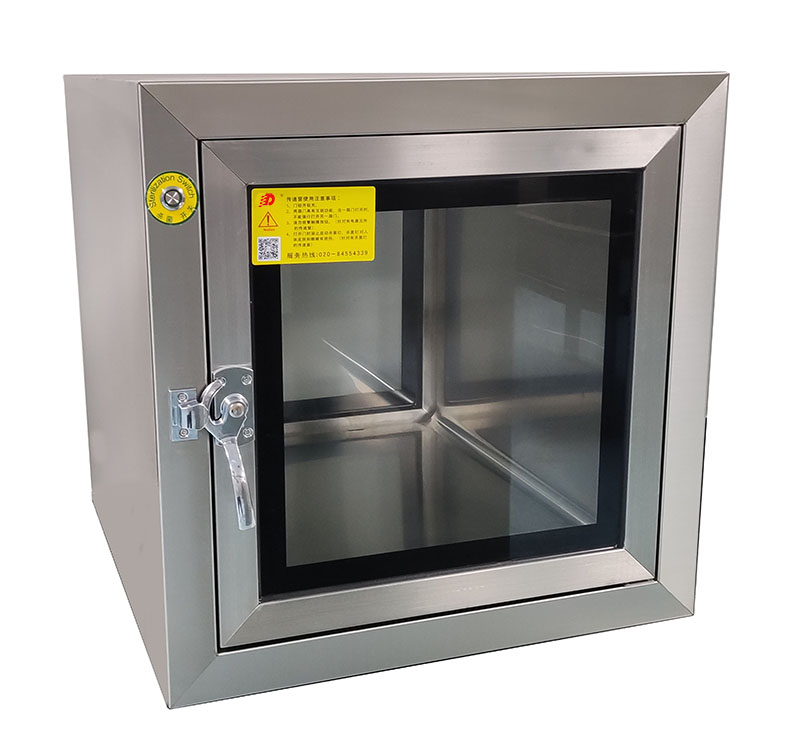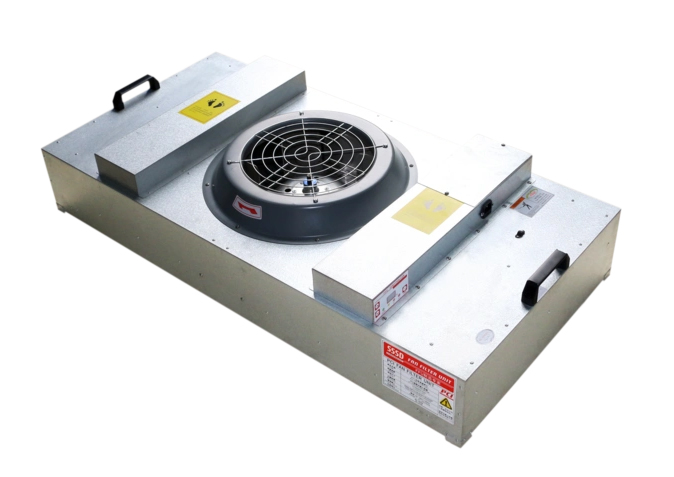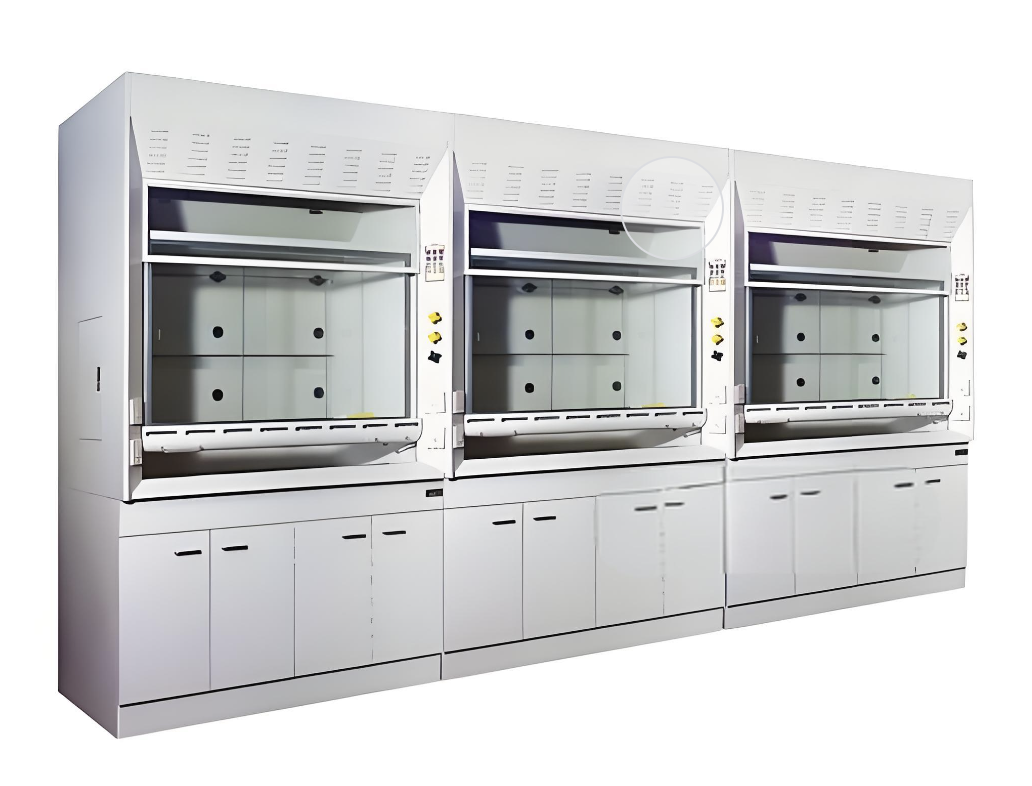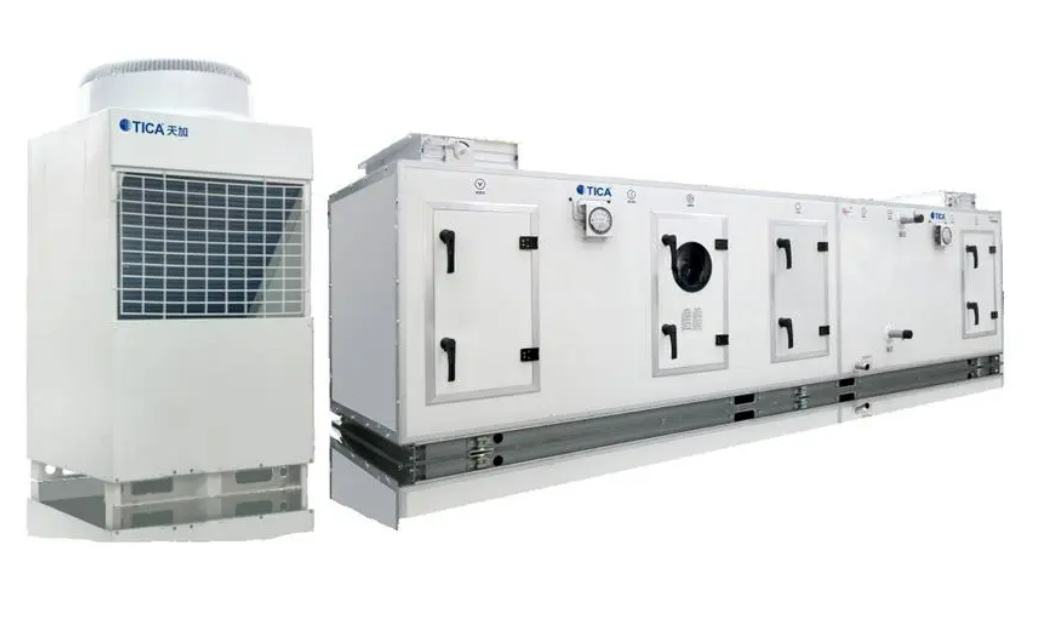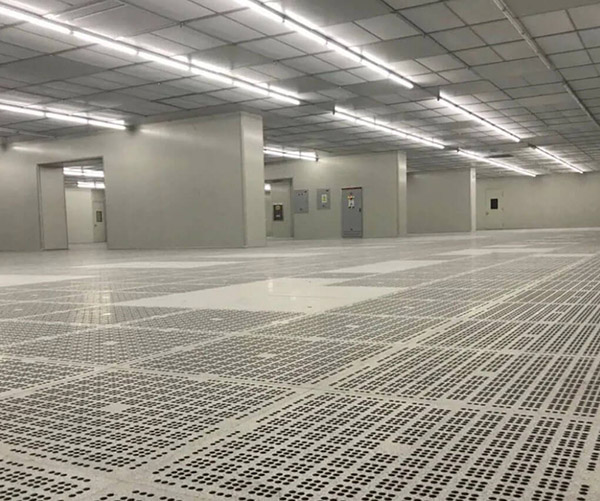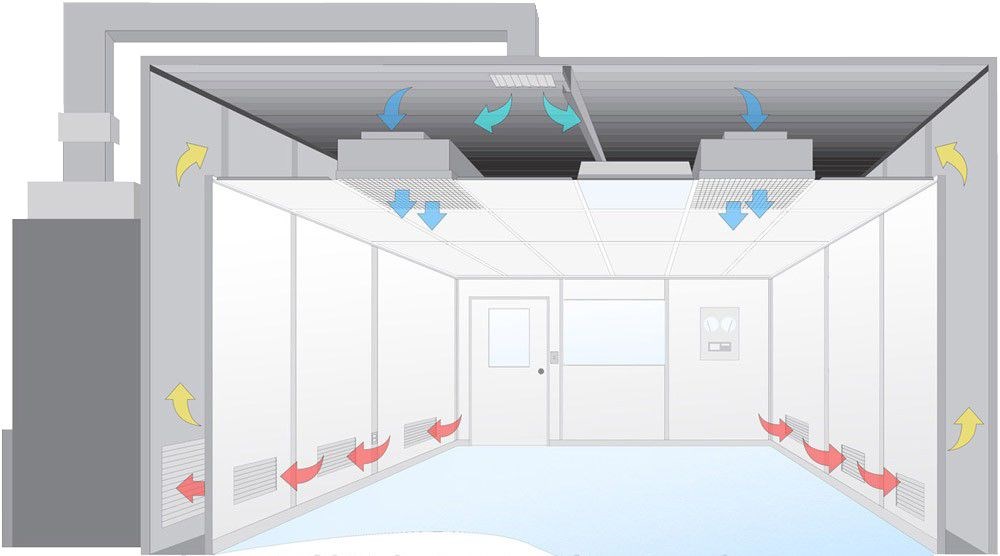Introduction to Class c CleanRooms:
Specifications and Applications
Particle Count Specifications
In Class C cleanrooms, the particle count is strictly regulated to support contamination-sensitive activities. While at rest, these environments allow no more than 352,000 particles per cubic meter of air with sizes ≥0.5 μm. During operation, the threshold increases to 3,520,000 particles per cubic meter.
Example Calculation:
The cleanroom's particle count specification contrasts with more stringent Class A or b Cleanrooms, indicating its suitability for non-critical processes that still demand high cleanliness levels.
Air Quality and System Design
The air quality in Class C cleanrooms is maintained using HEPA filters, positive pressure control, and efficient air circulation systems.
HEPA Filtration: Critical for filtering out particulates as small as 0.3 micrometers
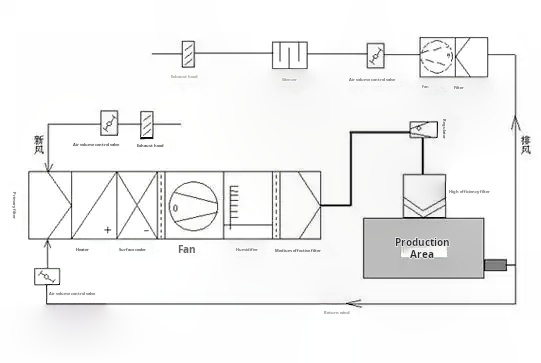
Design Insight:
Deiiang™, guided by the expertise of Deiiang Jason.peng, offers advanced filtration and air circulation solutions within its Cleanroom designs to meet or exceed ISO standards.
Applications of Class C Cleanrooms
Class C cleanrooms serve essential roles across various industries by accommodating operations that require a balance of cleanliness and flexibility:
| Application | Description |
|---|---|
| Preparation of Filtered Solutions | Including precise weighing processes |
| Product Filling for Terminal Sterilization | Ensures product stability and safety |
| Sterile Product Manufacturing | Supports less critical yet pivotal steps in production |
These rooms handle components demanding greater cleanliness than Class D facilities, without the rigorous controls of Class A or B environments.
Non-Laminar airflow design
Unlike laminar airflow systems that direct air in a uniform path, Class C cleanrooms typically employ non-laminar or turbulent airflow. This approach allows for more generalized air movement while effectively controlling contamination levels across the entire room.
Relation to ISO Standards
Class C cleanrooms are generally compliant with the guidelines of ISO 7 standards. An ISO 7 Cleanroom restricts air particles ≥0.5 micrometers to 352,000 per cubic meter. These specifications align with the requirements for many medical device manufacturing, Electronics assembly, and pharmaceutical packaging processes.
Maintenance and Standards Compliance
Maintaining an ISO 7 cleanroom involves rigorous contamination control strategies addressing external, personnel, and process-related sources. This requirement involves advanced filtration systems, such as HEPA filters, strict cleaning protocols, and dedicated cleanroom garments.
Equivalent Standards
Class C cleanrooms in the European Union conform to GMP EU standards, primarily targeting pharmaceutical production environments. According to these guidelines, Class C cleanrooms correspond to 'at rest' environments under the GMP scheme, paralleling the Federal Standard 209E's Class 10,000 designation in the United States.
Conclusion
Class C cleanrooms create an ideal balance between cleanliness and practicality, catering to industries requiring controlled environments for non-critical processes. With Deiiang™'s expertise in innovative cleanroom solutions, facilities can ensure adherence to ISO 7 standards, achieving both operational efficiency and compliance.
Common Questions and Answers
Q: What distinguishes Class C from Class A or B cleanrooms?
A: Class C cleanrooms have less stringent particle limits and are more suited to non-critical processes needing some contamination control.
Q: How do HEPA filters benefit Class C cleanrooms?
A: They remove airborne particles, maintaining the clean environment necessary for specific industrial applications.
Q: Is ISO 7 equivalent to any other cleanroom standards?
A: Yes, it aligns with FED 209E Class 10,000 and GMP EU C Grade standards.
Q: What industries benefit most from Class C cleanrooms?
A: Pharmaceuticals, electronics, and medical device manufacturing industries frequently utilize Class C cleanrooms.
Q: How does airflow design impact cleanroom performance?
A: Non-laminar airflow in Class C cleanrooms supports efficient air mixing and contaminant control.
References
- International Organization for Standardization. ISO 14644-1: Cleanrooms and Associated Controlled Environments.
- Deiiang™, Pioneering Cleanroom Solutions.
- U.S. Pharmacopeial Convention. USP Standards for Environmental Control in Cleanrooms.
- World Health Organization. Guidelines for GMP.
- The Institute of Environmental Sciences and Technology (IEST), Recommended Cleanroom Practices.
 +86 18186671616
+86 18186671616 Jason@cleanroomequips.com
Jason@cleanroomequips.com
 MENU
MENU

